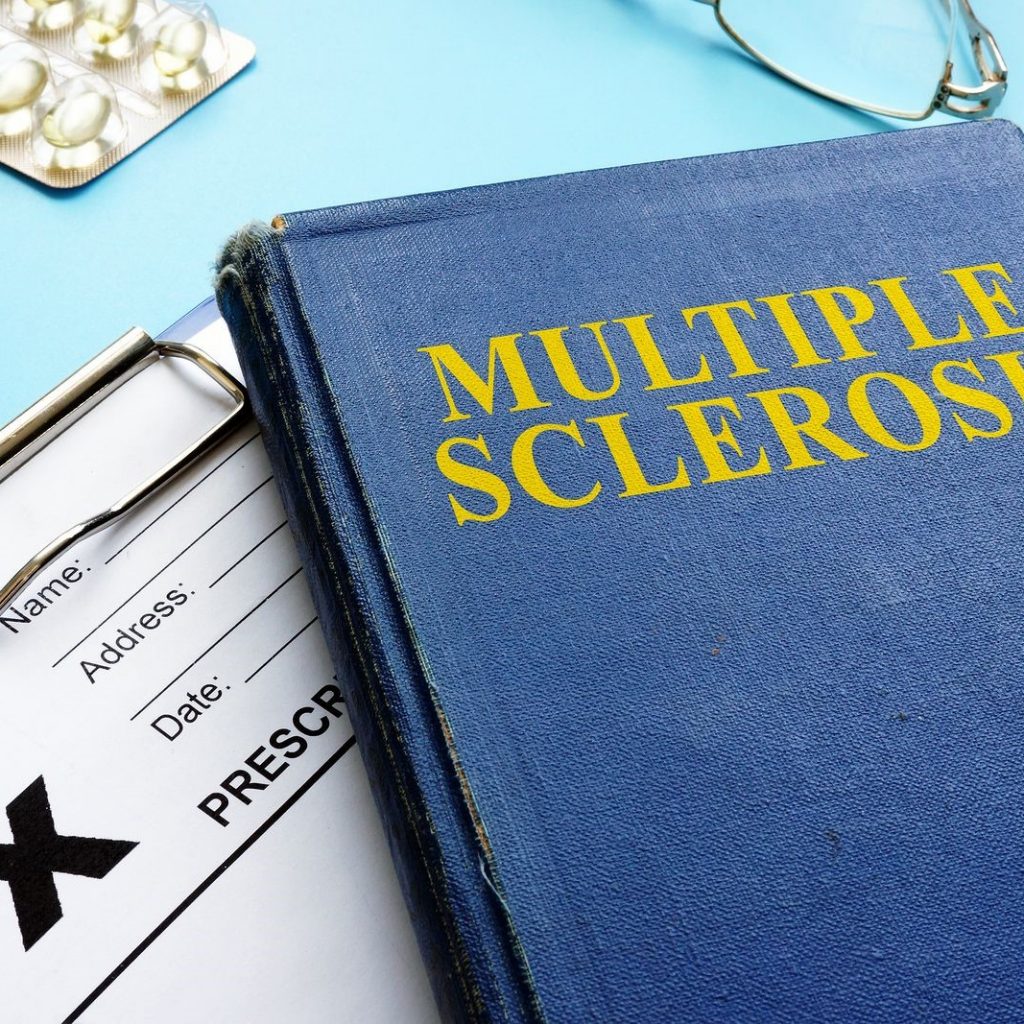Understanding Bell’s Palsy: A Closer Look at the Condition and Its Impact
This article on Bell’s Palsy was originally published in February 2019 and has been updated with the latest information and developments as of May 2024.
Bell’s Palsy is a neurological disorder that results in sudden, temporary weakness or paralysis of the facial muscles, typically affecting one side of the face. This condition can cause significant distress and impact the quality of life for those affected. With an estimated 40,000 Americans diagnosed each year, it’s a condition that warrants attention and understanding.
The Underlying Cause of Bell’s Palsy
The exact cause of Bell’s Palsy remains unknown, but it is often linked to viral infections that lead to inflammation and compression of the seventh cranial nerve, responsible for facial movements. Conditions that may increase the risk of developing Bell’s Palsy include:
- Diabetes
- High-Blood Pressure
- Lyme Disease
- Herpes (most specifically herpes simplex virus)
Symptoms to Watch For
Symptoms of Bell’s Palsy can vary in severity and may include:
- partial loss of facial sensation
- difficulty chewing
- recurring headaches
- spontaneous tearing or drooling
- altered taste
- sound sensitivity on the affected side
These symptoms can develop rapidly, often reaching their peak within 48 hours. If you or someone you know experiences any of these symptoms, see your primary physician to determine a course of action. If your doctor suspects Bell’s Palsy they may refer you to a neurologist, such as Dr. Dulai in Lansdowne Virginia.
Diagnoses and Treatment of Bell’s Palsy
Diagnosis of Bell’s Palsy is primarily clinical, based on the patient’s symptoms and a physical examination of facial movements. Treatment options may include medications such as corticosteroids to reduce inflammation, antiviral drugs if a viral infection is suspected, and physical therapy to stimulate facial nerve function and muscle retraining.
Is Bell’s Palsy Temporary?
Symptoms of Bell’s Palsy usually subside within a few weeks after diagnosis. There are certain treatments available to help speed up recovery, especially when an infection or other external elements cause the disorder. Here are some of the best examples:
- Steroid medication to help reduce signs of inflammation
- Acyclovir, or herpes simplex medication, to help shorten the course of the disease
- Anti-bacterial medication
- Ibuprofen or acetaminophen for pain relief
- Physical therapy
While Bell’s Palsy is a serious condition, the outlook for affected people can be very much positive.
The Road to Recovery
Most individuals with Bell’s Palsy experience significant improvement within three weeks to three months, with complete recovery in about six months. However, a small percentage may have lasting effects or experience a recurrence.
The Importance of Medical Attention
If you or someone you know exhibits signs of Bell’s Palsy, seeking prompt medical attention is crucial. Early intervention can improve the chances of a full recovery and help manage symptoms effectively.
Bell’s Palsy is more than just a temporary facial distortion; it’s a medical condition that can affect anyone, regardless of age or health status. By increasing awareness and understanding, we can support those who are navigating this challenging condition and promote better outcomes for all affected individuals. If you have concerns about Bell’s Palsy, consult with Neurology Associates for personalized advice and treatment options.
Resources:
National Organization for Rare Disorders – https://rarediseases.org/rare-diseases/bells-palsy/
NIH, National Library of Medicine – https://www.ncbi.nlm.nih.gov/pmc/articles/PMC7320932/














